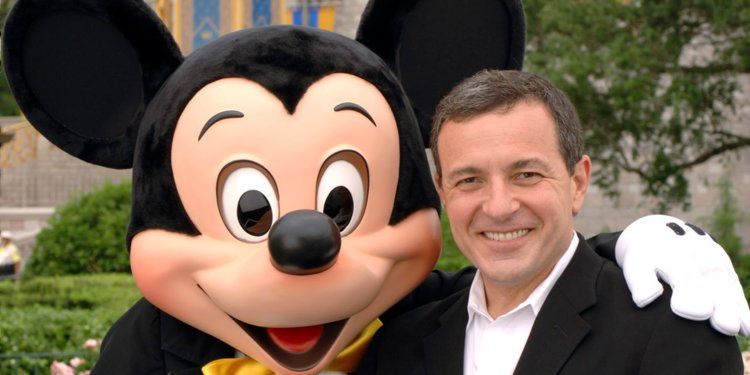Institutional Research on Disney
- Sophie Hodgetts

- Mar 9, 2018
- 3 min read
"The mission of The Walt Disney Company is to be one of the world’s leading producers and providers of entertainment and information. Using our portfolio of brands to differentiate our content, services and consumer products, we seek to develop the most creative, innovative and profitable entertainment experiences and related products in the world."

What type of company is Disney?
Founded by brothers Walt and Roy Disney in October 1923, The Walt Disney Company is a mass media entertainment conglomerate. It is a Public Limited Company which means that its securities are traded on a stock exchange and can be bought and sold by anyone. It is also strictly regulated and required by law to publish its complete and true financial position so investors can determine the true worth of its stock.
Who currently runs Disney?
Robert Iger is Chairman and Chief Executive Officer of The Walt Disney Company, owning about 1% of it, and has been since October 2005. His strategic vision for The Walt Disney focuses on three fundamental pillars - generating the best creative content possible, fostering innovation and utilising the latest technology and expanding into new markets around the world. Iger has been a key part of The Walt Disney Company's success story with his involvement in the company's acquisition of Pixar (2006), Marvel (2009) and Lucasfilm (2012) and the opening of the Shanghai Disney Resort, the company's first theme park and resort in Mainland China. Whilst he is the Chairman and Chief Executive Officer of The Walt Disney Company, there are numerous shareholders that also have major roles because they each own part of the company, so he is not the only person in charge.

What are Disney's four main business segments, through which it receives its funding?
Together with its subsidiaries and affiliates, The Walt Disney Company is a leading diversified international family entertainment and media enterprise with the following business segments:
Media Networks: This business segment comprises of a vast array of broadcast, cable, radio, publishing and digital businesses across the Disney/ABC Television Group and ESPN Inc. divisions.
Parks and Resorts: Every year, millions of guests at Walt Disney Parks and Resorts spend time with their families and friends 'making memories that last a lifetime'. This business segment is one of the world's leading providers of family travel and leisure experiences.
Studio Entertainment: Quite simply, this business segment brings quality movies, music and stage plays to consumers throughout the world, as it has done for over 90 years. The Walt Disney Studios are the foundation on which The Walt Disney Company was built.
Consumer Products and Interactive Media: The Walt Disney Company's stories and characters are brought to life through this business segment. Innovative and engaging physical products and digital experiences from toys, apps and clothes to books and games inspire the imaginations of consumers across the globe.

Provide an example of how Disney uses synergy.
Synergy is the spreading of a brand through different platforms. It allows conglomerates like The Walt Disney Company to advertise their products across multiple platforms, and thus attain large audiences and successful sale productions. A good example of where Disney has done this is with the teaming up of ESPN and Marvel in 2010.

The Walt Disney Company acquired Marvel in 2009 - it was given the rights to more than 5,000 of its characters and any productions made by Marvel Entertainment's subsidiaries (Marvel Studios, Marvel Animation and Marvel Comics) were gained by the company as well. Marvel developed The Avengers in 2010 and promoted the film's release by advertising it on the cover of the ESPN magazine to attract a bigger audience in the sports world. The mix of ESPN and Marvel was an unlikely combination!
Name one of Disney's subsidiaries and explain how it is good business for the parent company.
ESPN is a subsidiary of The Walt Disney Company that not many people know about. It is a sports media entertainment company with eight cable networks in the US and another 16 TV networks abroad. The Walt Disney Company holds a controlling 80% stake in ESPN, while Hearst Corporation owns 20%. It is good business for the parent company as it can provide large profit - they receive shares of the revenue made based on the funding ESPN received from The Walt Disney Company buying them. ESPN International is the worldwide leader in sports.


Comments